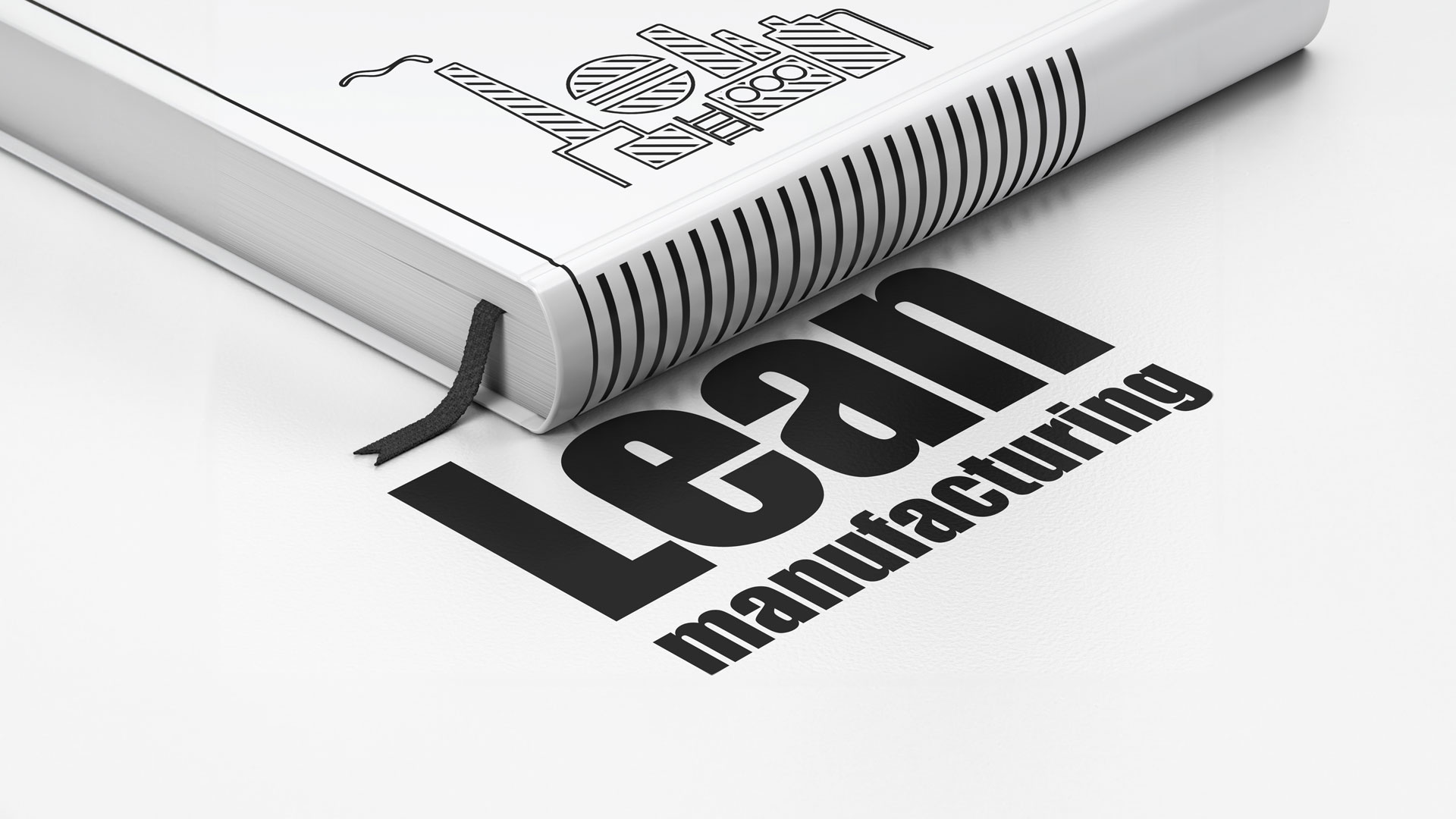
5 Steps to achieve Lean Manufacturing in a short time
“Lean” is a term we’ve all heard before and it’s still widely talked about. And rightfully so! Because it describes a basic principle of our daily actions.
In simple terms, being “lean” means focusing on the most important things and cutting out anything unnecessary. And actually, this is such an essential concept that we often consider in our daily life without even noticing. For example, rather than doing major house cleanings once twice a year, some do little cleanings every day to prevent clutter from piling up, saving their time, effort, and elbow grease.
The concept of “lean” is especially important in places where a lot of value is created, like in production processes. So, what is the concept of “Lean” from a manufacturing standpoint? And how can we use tools and strategies to make production processes more “lean”?
In today’s blog post, we’ll break down the definition of “lean” in production and then see how successful manufacturers use modern methodologies and solutions to make every aspect of the production process more efficient to focus on what truly matters.
What is Lean Production?
Lean Production is the economical and time-efficient use of the production factors operating resources, personnel, materials, planning, and organization in all company activities. The goals of lean production refer to the optimization of the productivity of the factors of production and the quality of the products, as well as the flexibility of the production apparatus.
Gabeler Wirtschaftslexikon, 2018
Step 1: Making the Most of Your Resources
The best way to start “lean manufacturing”, is to review all the aspects of your current production and improve the efficiency through digital production planning and control solutions. One of these aspects is manufacturing resources, which commonly refers to machines, workstations, and equipment. Being efficient with them starts by making sure they’re available when needed.
Moreover, it’s about using them wisely, only where they’re truly essential. Every manufacturing operation comes with a cost, and operating some machines will cost more than others. For example, you will be spending more money if you now choose to run a rather “expensive” machine when the “less expensive” machine is not available, even if the latter is free to use tomorrow.
To solve this problem, a modern, lean production planning system will automatically assign the task to a more cost-effective machine while assuring the products will be delivered on time.

Step 2: Stay Flexible – Brace for the unexpected
In manufacturing, machines and humans share a common problem: they can both disrupt a well-planned schedule: Machines will malfunction, and workers will fall ill. This is why flexibility is a topic that we need to understand better.
It is crucial to respond to problems as swiftly as possible. Short response time allows us to quickly rearrange tasks to other areas and avoid disastrous production trainwrecks. Therefore, it’s important to know right away which backup systems or machines are available, as well as identify any potential issues in the changes that you just made.
Fortunately, modern production planning systems are now capable to provide clear visuals and easy digital access to what’s happening, and what will happen in production, saving you a tremendous amount of time, money, and effort – with no crystal balls or guesswork needed.
Step 3: Realize Time-efficient Production Planning
If you are in charge of production planning, try to calculate all your hours spent on capacity planning and resources management – surely that would be some astronomical numbers!
There is no way to deny that production planning has always been a time-consuming process, and within these hours spent in planning, people often forgot it was their reaction time to sudden interruptions that makes up the majority of their burden.
On top of that, you also need to consider specific manufacturing dependencies, e.g., personnel with a certain qualification or a special tool that has to be available at the right time for the work step to begin. With all these aspects combined, the complexity and the effort for planning often increase exponentially, putting huge stress on production planners.
That’s why modern production planning system like planeus focuses on time-efficient planning. Time-efficient planning means it can automatically check dependencies and real capacities, so you can assign production orders to the operating resources at one push of a button.
In planeus, forward, backward, or bottleneck scheduling are the rules that it adheres to, where 70-80% of your planning workload will be automated. The remaining tasks that emerge due to unplanned events will be visualized in the Conflict Radar. Thus, planeus will cut down more than 70% of your planning workload and contributes to error-free and time-efficient planning.

Step 4: Bring lean to the Organization
To bring lean in the organization, forward-looking production planning systems like planeus operate under the principle of “Show, don’t search”. This means no more manual searching or spotting the problems yourself – let the system automatically pick up and show you all the plan deviations in a simple list of conflicts.
Such an intuitive system is a foundation of the digital structure to quickly collect and distribute critical and curated data at all levels, including the workers on the shop floor, as well as production planners in front of their plans. So, users only need to process the information that is relevant to them, speeding up the response time and drastically cutting down excessive searching time.
In the event of changes, it’s time to stop the archaic way of printing papers, and let planeus handle processes digitally in a user-friendly and transparent way.
Step 5: Bring lean to the Top Floor
planeus provides decision-makers with automatic data collection from past, present, and future planning and production. Such data is available to management at any time, as it is processed and generated during their daily use of planeus.
Thanks to the cloud structure of planeus, the executive team can monitor the manufacturing KPIs and KPIs forecast flexibility anywhere, at any time.

It is also beneficial for the management level, for example:
- The management team can plan new investments in factories not solely based on gut feeling, but from the need shown from the utilization KPIs in planeus.
- The sales team can provide accurate delivery date estimations for an important customer based on future capacity utilization and production schedules.
- The Dashboard in planeus is also a popular tool for managers to monitor real-time disruptions rates and utilization metrics.
Through a variety of reports, managers can receive a quick overview of the efficiency and effectiveness of past production plans and even compare the performance of different production lines and departments.
To cut down expenses, the “process efficiency” report is the weapon of choice of many Lean Manufacturers: It shows where unnecessarily high investments have been made throughout the value-added process of previous production.
In conjunction with a capital improvement plan (CIP), planeus will unlock the potential to further minimize excessive input and maximize production output.
Affordable Lean Manufacturing
Ultimately, there are only two essential elements when it comes to Lean Manufacturing: a well-established manufacturing methodology and a set of easy-to-understand principles – both our experts will guide you on your way to Lean Manufacturing.
Here at planeus, we don’t only focus on short implementation and project kick-off time, but also the lasting improvement of your production processes. Experience intuitive production planning today and take your first step towards Lean Manufacturing with our free planeus demo, now 14 days for free!